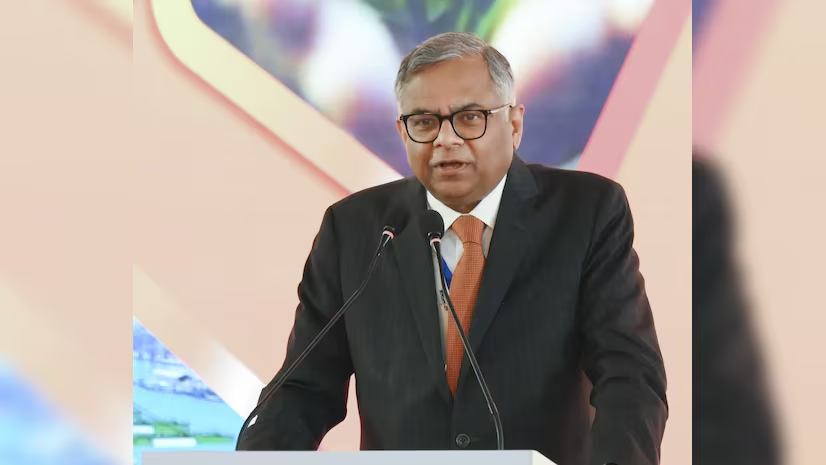In a move poised to reshape its corporate structure and sharpen business focus, Tata Motors is advancing with its proposed demerger, which will split the organization into two distinct listed entities: one for commercial vehicles and the other for passenger vehicles, including electric vehicles (EVs) and Jaguar Land Rover (JLR). Tata Sons Chairman N. Chandrasekaran emphasized that the initiative is designed to drive strategic clarity, operational agility, and long-term shareholder value.
Driving Strategic Clarity Through Demerger
Writing in Tata Motors’ 80th Integrated Annual Report for FY25, Chandrasekaran explained that the demerger aims to establish dedicated structures that align with the unique demands and opportunities of the company’s commercial and passenger vehicle businesses.
“The proposed demerger will bring greater strategic clarity and agility, enabling a more focused approach to execution and value creation, delivering superior experiences for customers, rewarding careers for employees, and long-term returns for shareholders,” he stated.
The demerger, which received shareholder approval earlier this month, is expected to become effective in the second half of 2025. Shareholders will receive equivalent shares in each of the two newly listed companies.
Looking Ahead to FY26 with Optimism
Chandrasekaran expressed strong confidence in Tata Motors’ direction going into FY26. He highlighted the company’s resilience and preparedness to navigate global uncertainties, including changes in international trade and the uneven global adoption of EV technology.
“We step into FY26 with confidence in our strategy, strength in our execution, and belief in our people,” he said. “We remain vigilant to worldwide volatility, including the impact of changes in global trade conditions and the varying degrees of adoption of electric vehicles across different markets and evolving technologies.”
Integrating AI and Automation for Future-Ready Manufacturing
Tata Motors is also placing a strong emphasis on integrating artificial intelligence and automation into its operations. This strategic shift is aimed at enhancing manufacturing efficiency and building a technologically advanced production ecosystem.
“As we grow, we are also embedding greater automation and AI into our operations, enhancing agility and efficiency while shaping a future-ready manufacturing ecosystem,” Chandrasekaran said.
He further noted the transformative role of AI and generative AI across the automotive value chain—from design and production to on-road vehicle performance and customer experiences.
“AI in vehicles is improving safety, increasing fuel efficiency, and providing drivers with enhanced connectivity features. This is the new context in which we craft our strategies for the future.”
Key Details of the Tata Motors Demerger
Under the approved plan:
- The commercial vehicles business will be transferred to a new entity named TMLCV, encompassing all relevant assets, employees, and investments.
- The passenger vehicle business (TMPV), including EVs and JLR, will be merged back into the existing Tata Motors Limited (TML).
As part of the Entitlement Ratio, shareholders will receive one fully paid share of ₹2 in TMLCV for every fully paid share of ₹2 held in TML. Upon completion, both TMLCV and TML will be renamed and listed as independent public companies.
The asset split between the two companies is expected to follow a 60:40 ratio, reflecting the distinct capital and operational needs of the respective businesses.
Focus on Stakeholder Protection and Growth
Tata Motors has emphasized that the demerger will not adversely impact employees, customers, creditors, or business partners. Instead, the restructuring is expected to enhance operational accountability and empower each unit to pursue independent growth strategies.
“The restructuring will allow both businesses to pursue their distinct goals more effectively, strengthen responsibility within each unit, and improve value for shareholders,” the company affirmed.






